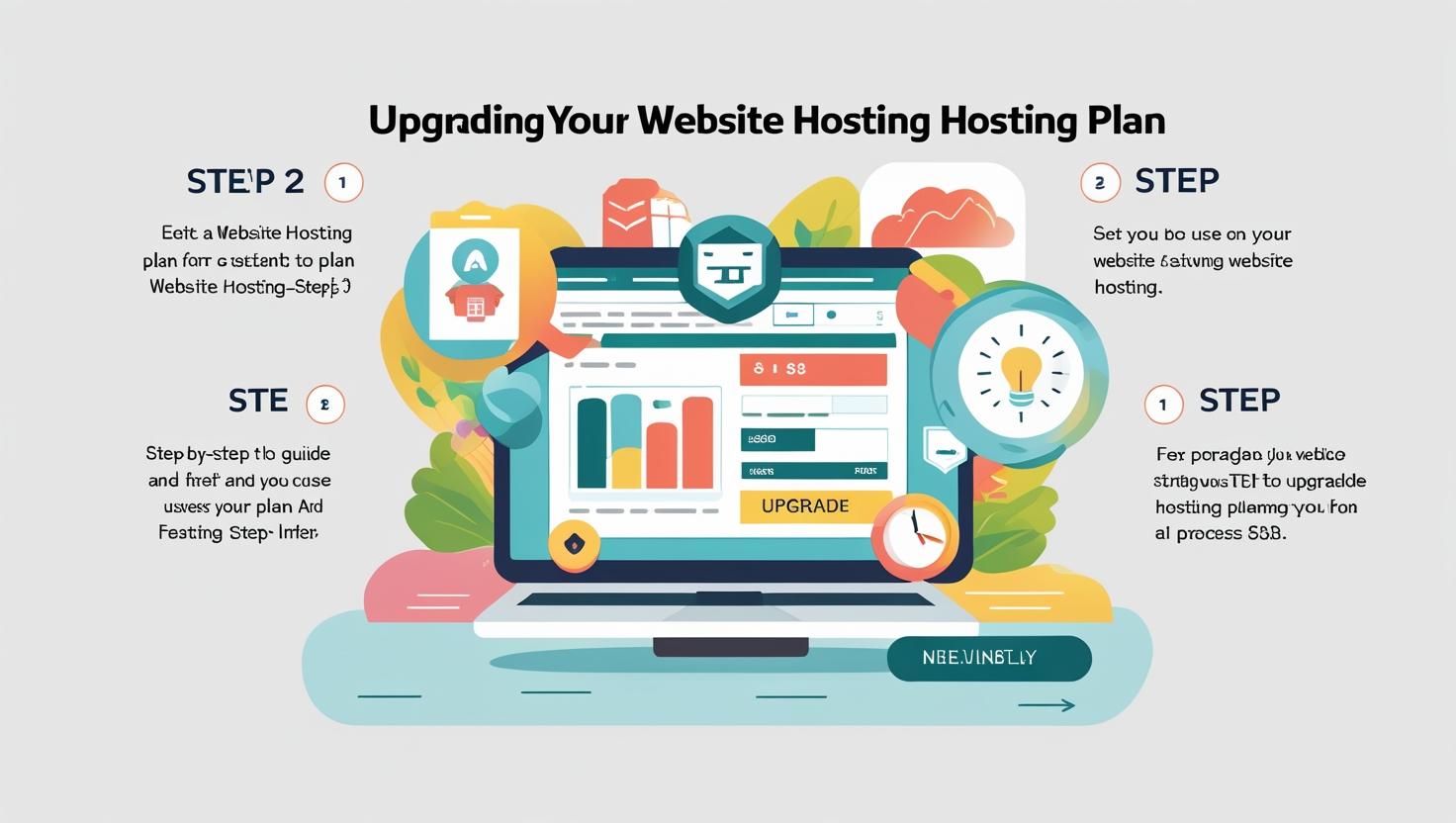
How to Upgrade Your Hosting Plan Seamlessly
How to Upgrade Your Hosting Plan Seamlessly 🚀
As your website grows in traffic and complexity, upgrading your hosting plan becomes essential for better performance, security, and scalability. Whether you’re moving from shared hosting to VPS or from VPS to dedicated servers, this guide will walk you through the steps to upgrade your hosting plan smoothly—without downtime or data loss.
🔍 Why You Might Need to Upgrade Your Hosting Plan
Your current hosting plan may be holding back your website’s performance. Common reasons to upgrade include:
-
Increased traffic that slows down load time
-
Frequent downtime or server resource limits
-
Security limitations in shared hosting environments
-
More storage or bandwidth required for large files or multimedia
-
Business growth, requiring eCommerce support or multiple domains
🛠️ Steps to Upgrade Your Hosting Plan
1. Assess Your Hosting Needs
Evaluate your website’s performance metrics using tools like Google Analytics and GTmetrix. Determine if you need more bandwidth, memory, processing power, or root access.
2. Choose the Right Hosting Plan
Select a plan that matches your growth stage:
-
From Shared Hosting → Upgrade to VPS Hosting
-
From VPS Hosting → Upgrade to Dedicated Hosting
-
Or switch to Cloud Hosting for flexibility and auto-scaling
3. Backup Your Website
Before making any changes, take a full backup of your site (files + database). Use tools like cPanel backup, JetBackup, or a WordPress plugin like UpdraftPlus.
4. Contact Your Hosting Provider
Most providers offer built-in upgrade options. Speak to support and clarify:
-
Migration fees (if any)
-
Downtime during migration
-
Compatibility of existing software
5. Schedule the Upgrade at Low Traffic Hours
Minimize user disruption by choosing off-peak hours to perform the upgrade.
6. Test the New Server
After migration, thoroughly test your site:
-
Check all pages and features
-
Monitor load time and server response
-
Validate SEO elements (redirects, sitemap, SSL)
7. Update DNS if Required
If your hosting IP changes, update your DNS settings to point to the new server.
⚙️ Tips for a Smooth Hosting Upgrade
-
Opt for managed hosting if you’re not technically inclined.
-
Use monitoring tools to track any performance changes post-upgrade.
-
Keep your CMS, plugins, and themes updated for compatibility.
-
Notify your users of the change if there’s any expected downtime.
💡 Final Thoughts
Upgrading your hosting plan doesn’t have to be stressful. With proper planning and the right support, your website can enjoy improved performance, enhanced security, and more room to grow. Always work with a reliable hosting provider that supports seamless migrations and offers scalable solutions.